Header: “AATMA MANTHAN Museum” by Sanjay Puri Architects, photo by Vinay Panjwani
The design world is crowded with awards, and for many studios, independent designers, and students, it can be hard to know which ones are worth the time, fees, and effort. If the goal is genuine visibility and a great line on a CV, the choice matters: designers want programmes that are taken seriously by peers and are judged by people who understand the work. This is where 3C Group sits a little differently. Rather than one broad competition, the company has built a set of platforms that focus on specific parts of design: furniture (SIT Furniture Design Award), lighting (LIT Lighting Design Awards), architecture and construction (BLT Built Design Awards), hospitality (LIV Hospitality Design Awards), sport and footwear (FIT Sport Design Awards and GFA Global Footwear Design Awards), and, most recently, African design in all its disciplines (AIDA Africa International Design Awards).
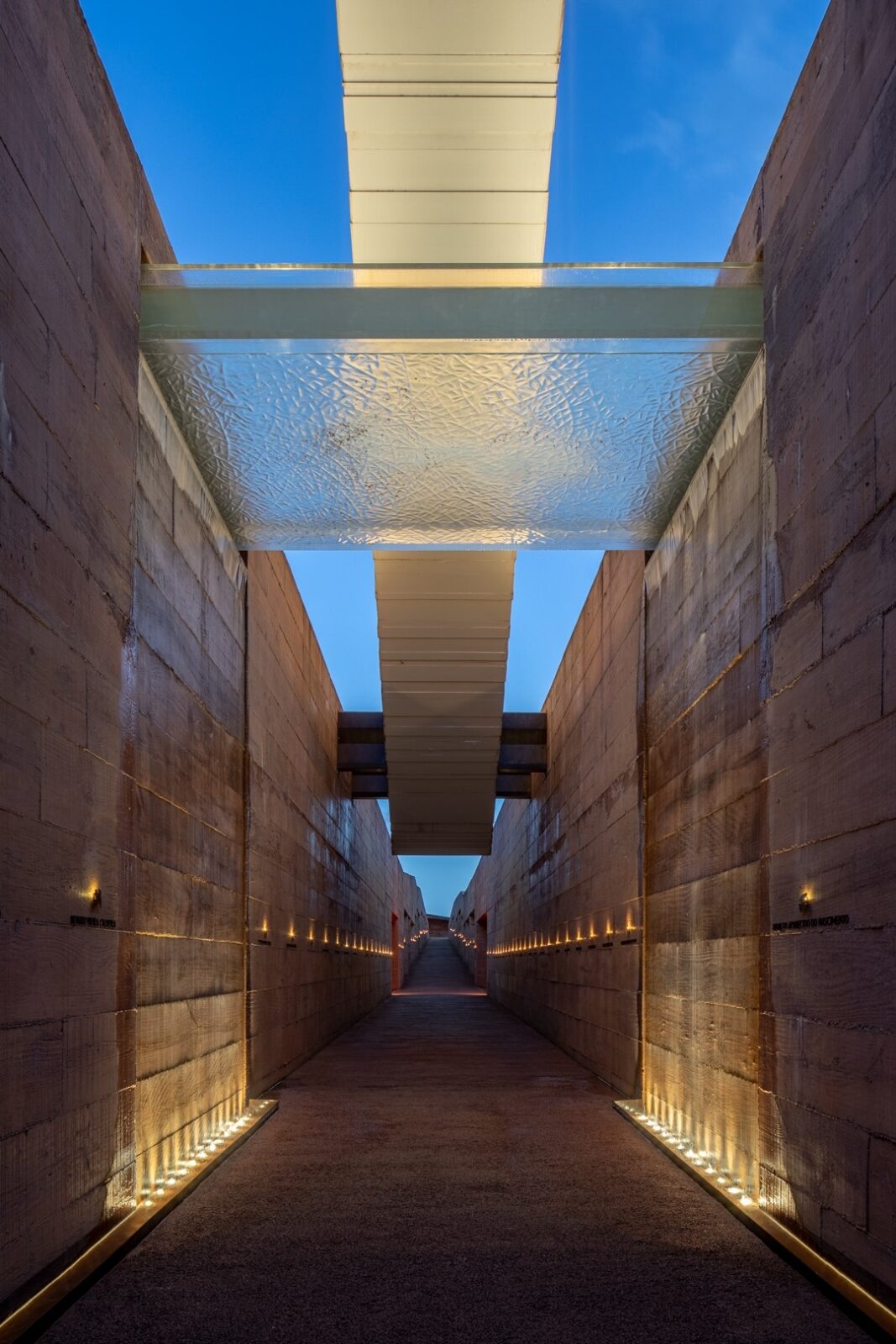
Taken together, these awards speak to what the public loves most about contemporary design: well-thought-out, diverse work. They span objects, spaces, systems, and experiences and are judged by juries made up of people who operate inside those very worlds every day (architects, lighting designers, hoteliers, product developers, footwear specialists, educators, writers, and cultural figures). The programmes are open internationally and at multiple levels, with separate recognition for professional designers and students. Beyond trophies, they offer concrete support: publication in annual books, profiles in online directories, targeted newsletters to large professional networks, grants for prototyping, and mentorship opportunities for emerging designers. The idea is not only to reward good work but also to give it a useful platform and connect it with the people who can help it move forward.
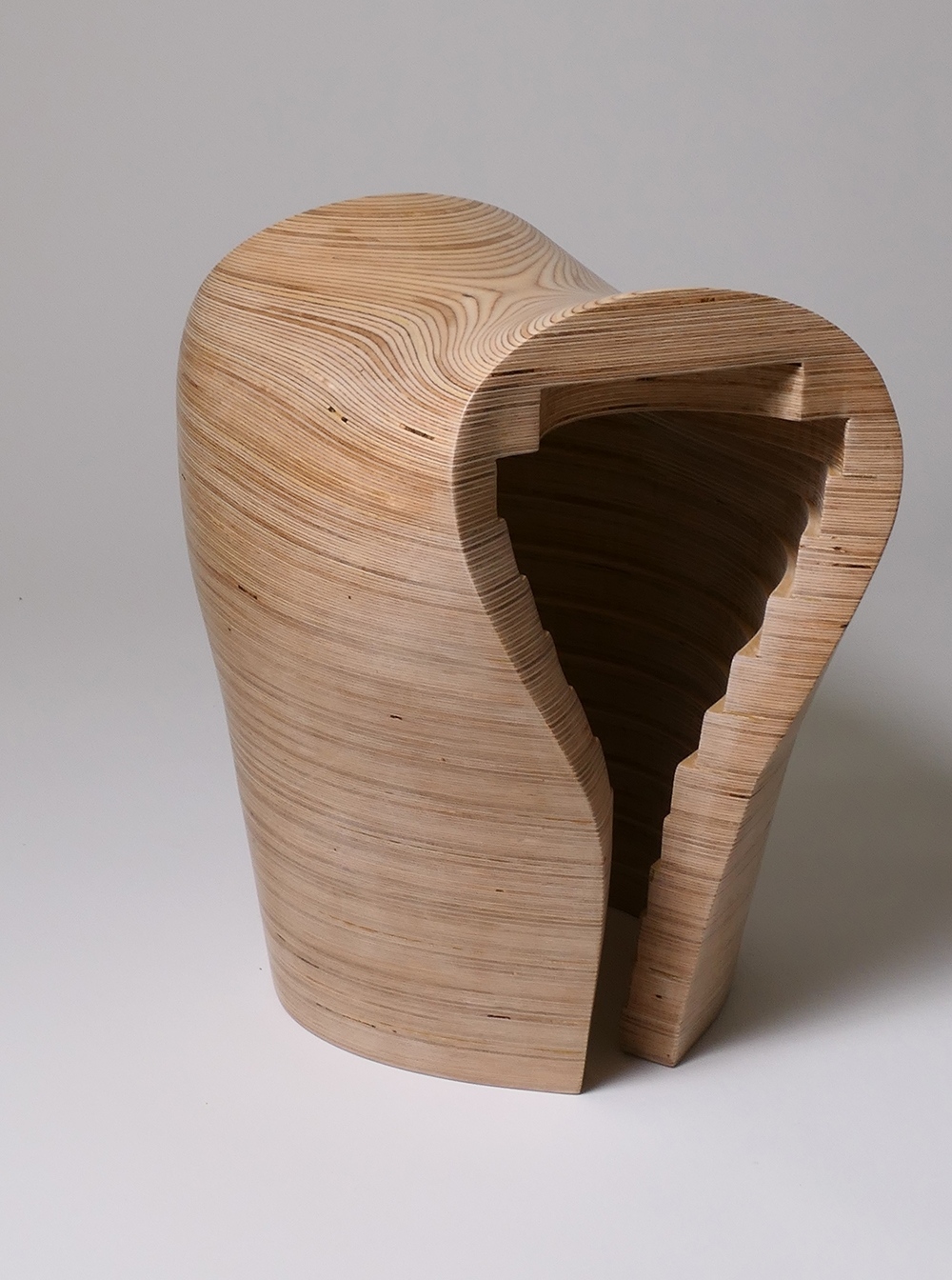
In the 2025 edition of these awards, three works can help shed a light on what the awards are looking for in a project. At the BLT Awards, Aatma Manthan Museum by Sanjay Puri Architects received Interior Design of the Year for how it carefully handled the design of an 18,000 sq ft museum set inside the base of a 270-metre statue in Nathdwara, India. The designer managed an irregular plan and dense structure to create a sequential route with a simple palette, allowing visitors to fully immerse themselves in audio-visual content. At the LIT Awards, Memorial Brumadinho by Atiaîa Lighting Design was recognised in Visitor Experience & Museum Exhibition for using light to orient movement and focus in a memorial site. The atmosphere was created through the use of warm light, and elements such as a sculpture, water, text, and symbolic motifs got the spotlight they deserved. At the SIT Awards, the Saddle Stool by Elay Dagan, named Emerging Furniture Designer of the Year, stood out for how earlier experiments with soft, bendable materials ended up leading the designer to create a single birch-wood piece. The bench’s curves give a sense of movement and flow while remaining stable, and the inside of the structure was carved as an active part of the design rather than leftover space.
Now onto the awards.
SIT Furniture Design Award

The SIT Furniture Design Award was established to recognise the work of designers who shape spaces through furniture. It brings together furniture designers, interior designers, and decorators from around the world and aims to share projects that show clear thinking, strong craft, and an ability to use furniture as a tool for structuring environments. The award highlights both the ideas behind a design and the practical decisions that turn those ideas into something finished and usable.
A central focus of the award is the link between strategy and imagination. Good furniture or interior design is rarely accidental, and the SIT Award places value on the thinking that supports a piece, whether it concerns construction, layout, materials, or the way an object behaves in everyday use. Entries are accepted internationally, and the programme is open to both established designers and emerging talent.
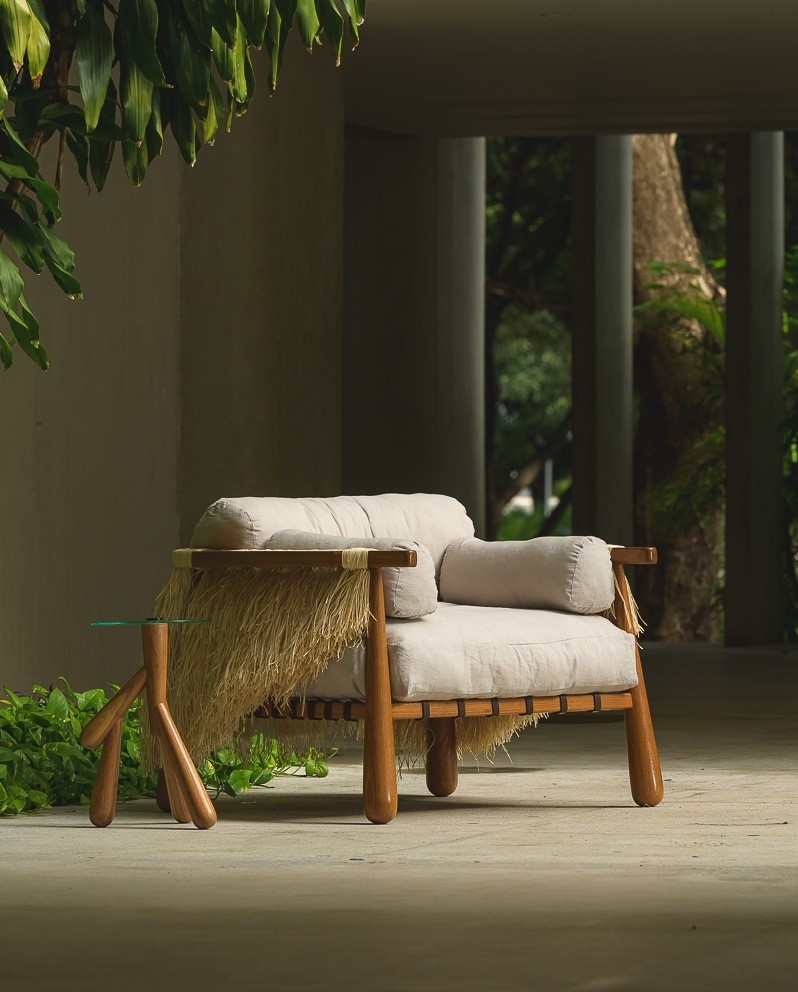
Winners are selected by a jury made up of industrial designers and other specialists in the field. Recipients receive the SIT trophy, a digital brochure presenting their project, and exposure to a broader audience through the award’s communication channels. The award is divided into three categories:
Furniture Design of the Year and Emerging Furniture Designer of the Year recognise professional and student work, respectively, and cover areas such as seating, bedding, lighting, tables and desks, baby and child furniture, outdoor furniture, homeware, and room-specific pieces. These categories reflect the field’s breadth, from large structural elements to smaller accessories that still shape a space’s experience.
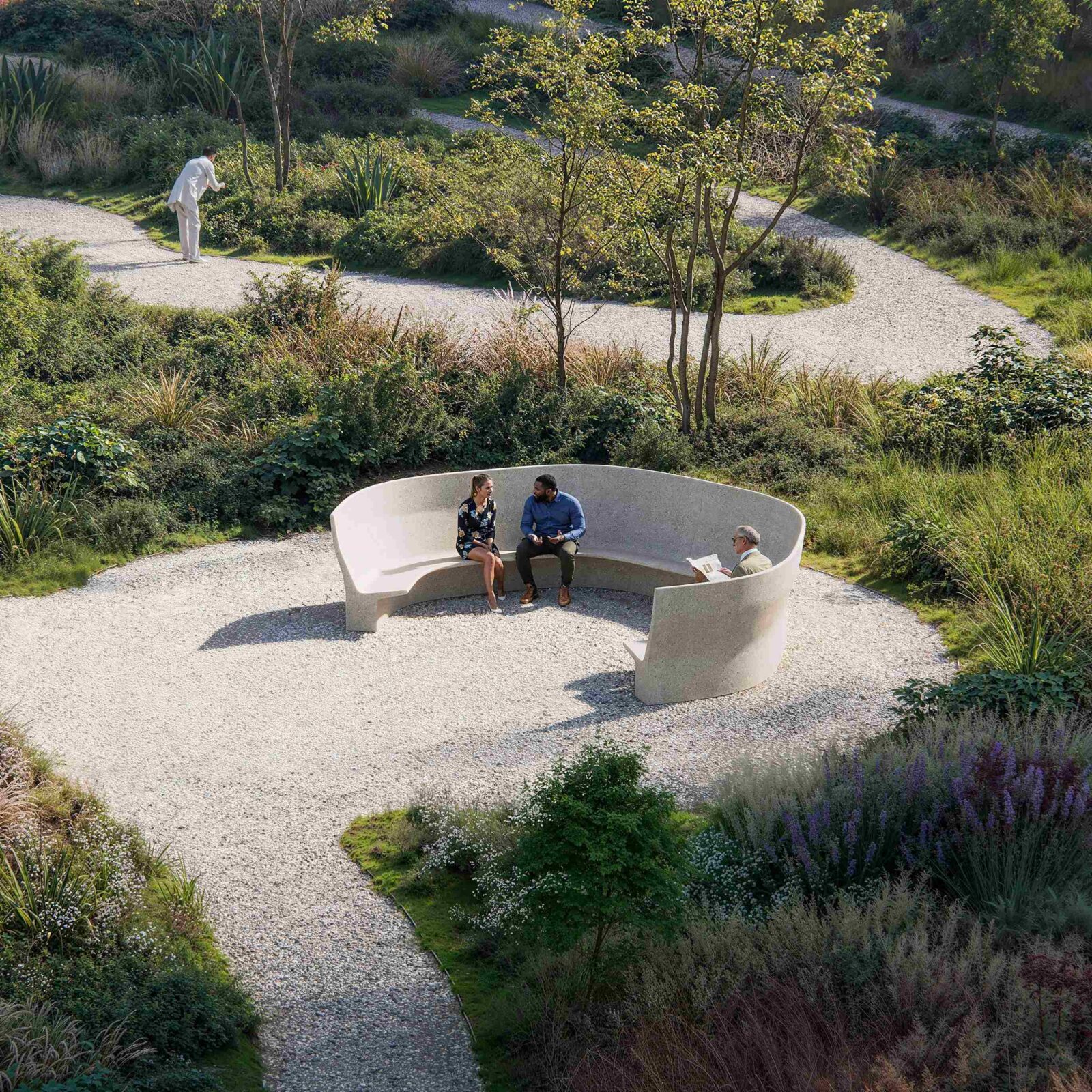
Interior Design of the Year and Emerging Interior Designer of the Year acknowledge the role of furniture in creating spaces. The focus is on designers who use furniture to define atmosphere, circulation, and function within a room or site. The categories span domestic interiors, offices, commercial spaces, bars, and conceptual work and are open to interior designers, architects, engineers, urban planners, and landscape designers.
- Early Bird: 10% discount until 7 September 2025
- Extended Early Bird: 5% discount until 31 October 2025
- Regular deadline: 11 January 2026
- Final deadline: 8 March 2026
- Late submissions: accepted with a 10% late fee until 26 April 2026, when the programme closes
LIT Lighting Design Awards

The LIT Lighting Design Awards were created to recognise designers who use light to shape how people see and move through spaces. The award brings together lighting product designers, architectural lighting specialists, and those working in entertainment and performance, with the shared understanding that lighting is both a technical practice and an expressive tool. The programme mainly aims to highlight projects where creativity and functionality work side by side.
Since 2018, the award has also acknowledged individuals and organisations whose contributions extend well beyond individual projects. The Lifetime Achievement honour this year goes to Roger Narboni, founder of Concepto and a main figure in the field of light urbanism. The Spotlight Prize recognises work that benefits wider communities, with the 2023 recipient having been DarkSky, an organisation dedicated to restoring natural night conditions and reducing the impact of light pollution on people and wildlife.
A jury of academics, practitioners, writers, and other professionals reviews the submissions each year. Winners receive the LIT trophy, a place in the annual Book of Design, and exposure to an international audience of designers and clients. The programme awards seven titles: Lighting Product Design of the Year, Architectural Lighting Design of the Year, Entertainment Lighting Design of the Year, Lifetime Achievement, Spotlight Prize, Emerging Lighting Product Designer of the Year, and Emerging Lighting Designer of the Year. The award is divided into three categories:

The Lighting Product Design category focuses on the objects that make lighting possible, such as fixtures, systems, controls, and the technologies that support them. This area covers everything from ceiling lights and floor lamps to linear systems, outdoor fixtures, and specialised equipment for tasks, healthcare, or industrial use. The award looks at how a product improves the quality of light, addresses practical needs, and contributes to the broader developments in energy efficiency and sustainable production. It also provides space for students, whose work in this area is supported through the Emerging Lighting Product Designer of the Year award, a cash prize, and will be part of the Silhouette Awards programme, where they will enjoy 6 months of mentorship from an SA judge, supporting their skill development and future career direction.
Entertainment Lighting Design covers projects made for events, performances, concerts, films, and other similar environments. Designers in this field work with light to guide attention, support narratives, and define atmosphere. The category includes work by lighting designers, directors, scenic designers, cinematographers, stage technicians, and others involved in shaping temporary or dynamic visual experiences. The award considers how lighting interacts with movement, sound, and the setting, whether in a concert hall, theatre, outdoor installation, or digital production.

Architectural Lighting Design looks at how light supports buildings, landscapes, and public places. It spans daylight strategies, interior illumination, exterior façades, public infrastructure, and everything in between. Designers working in this area consider the technical systems behind lighting as well as the spatial and emotional impact of light on humans. The Emerging Architectural Lighting Designer of the Year award brings students into this conversation, allowing early-career designers to present projects that show awareness of both craft and context and awarding the winner the same benefits seen in the Lighting Product Design category.
- 10% Early Bird discount until April 30th, 2026
- 5% Extended Early Bird discount until June 14th, 2026
- Regular Deadline: August 31st, 2026
- Final Deadline: September 30th (10% late fee applies) till October 18th, 2025
- The program will close on October 18th, 2025
BLT Built Design Awards

The BLT Built Design Awards were created to recognise the wide range of professionals involved in shaping buildings and built environments. The programme brings together architects, interior designers, landscape architects, and creators of construction products, acknowledging that each plays a crucial part in how a project comes into being. It focuses on work that responds to the practical pressures of contemporary urbanisation while still aiming for thoughtful, lasting design. Each year, the award highlights projects and people whose work contributes meaningfully to the built world at any scale.
The awards cover projects completed or in progress as well as conceptual work, which allows studios and individuals at different stages of practice to participate. A jury of academics, practitioners, press members, and industry leaders reviews the entries, attempting to identify projects that show both technical judgement and a clear design intention. Winners receive the BLT trophy, a place in the annual book, and exposure through the BLT directory and outreach to the global design community.

The BLT programme is structured around four major areas: Architecture, Interior Design, Landscape Architecture, and Construction Product. Each category reflects a different point of contact with the built environment, but together they offer a broad picture of the industry’s current concerns: from sustainable materials and resilient landscapes to new ways of organising living and working spaces.
The Architecture category covers the full range of architectural practice, from small structures to large urban projects. The award looks for work that balances the creative aspects of design with its functional and environmental responsibilities. Entries are grouped across 22 subcategories, including commercial buildings, housing, cultural institutions, mixed-use projects, and sustainable or energy-saving architecture. Two titles are awarded: Architectural Design of the Year for professionals and Emerging Architect of the Year for students. Both recognise projects that respond to the pressures of rapid urbanisation, climate considerations, and population growth.
The Interior Design category focuses on the final layer of the built environment: the places where people work, live, and spend their time. Submissions range from homes and apartments to workplaces, hospitality environments, public buildings, galleries, and renovation projects. The award considers how designers align atmosphere, material choices, and everyday usability, often within tight constraints related to space, resources, or sustainability. As with architecture, there are two titles: Interior Design of the Year for professionals and Emerging Interior Designer of the Year for students.

The Landscape Architecture category recognises projects that shape land and outdoor environments at many scales, from small gardens to master planning and public landscapes. Introduced formally in 2023, this part of the programme focuses on work that supports ecological resilience, community value, and long-term environmental health. Categories include cultural landscapes, parks, play spaces, large-scale landscapes, restoration projects, hotel and resort grounds, and urban design. The professional title, Landscape Architectural Design of the Year, highlights work that attempts to solve ongoing challenges such as rapid urbanisation and climate change.
The Construction Product category highlights the systems, materials, and technologies that support building design. It recognises that the performance of a structure relies on the durability and efficiency of the components within it. Eligible submissions range from roofing systems, glazing, and flooring to smart technologies, energy-saving products, safety equipment, and building software. The category encourages entries from manufacturers and designers whose products improve building performance, reduce energy use, or enhance construction efficiency.
- 10% Early Bird discount until March 31st, 2026
- 5% Extended Early Bird discount until May 31st, 2026
- Regular Deadline until June 30th, 2026
- Final Deadline: September 6th, 2026 (10% late fee applies) till October 4th, 2026
- The Program will close on October 4th, 2026
LIV Hospitality Design Awards

The LIV Hospitality Design Awards were created to recognise the work of architects and interior designers shaping the global hospitality sector. Launched in 2020, the programme focuses on projects that shape how people live, stay, and dine, highlighting the many ways hospitality design affects comfort, atmosphere, and the guest experience. It is intended as an inclusive platform, open to both established professionals and emerging designers, and accepts conceptual, in-progress, and completed work.
Entries are reviewed by a jury made up of architects, designers, hoteliers, developers, and members of the design press. Each juror brings a specific area of expertise, and projects are assigned and evaluated anonymously to ensure fair judgment. The criteria consider aesthetics, innovation, practicality, ergonomics, longevity, environmental impact, and the way a project integrates into its local setting.
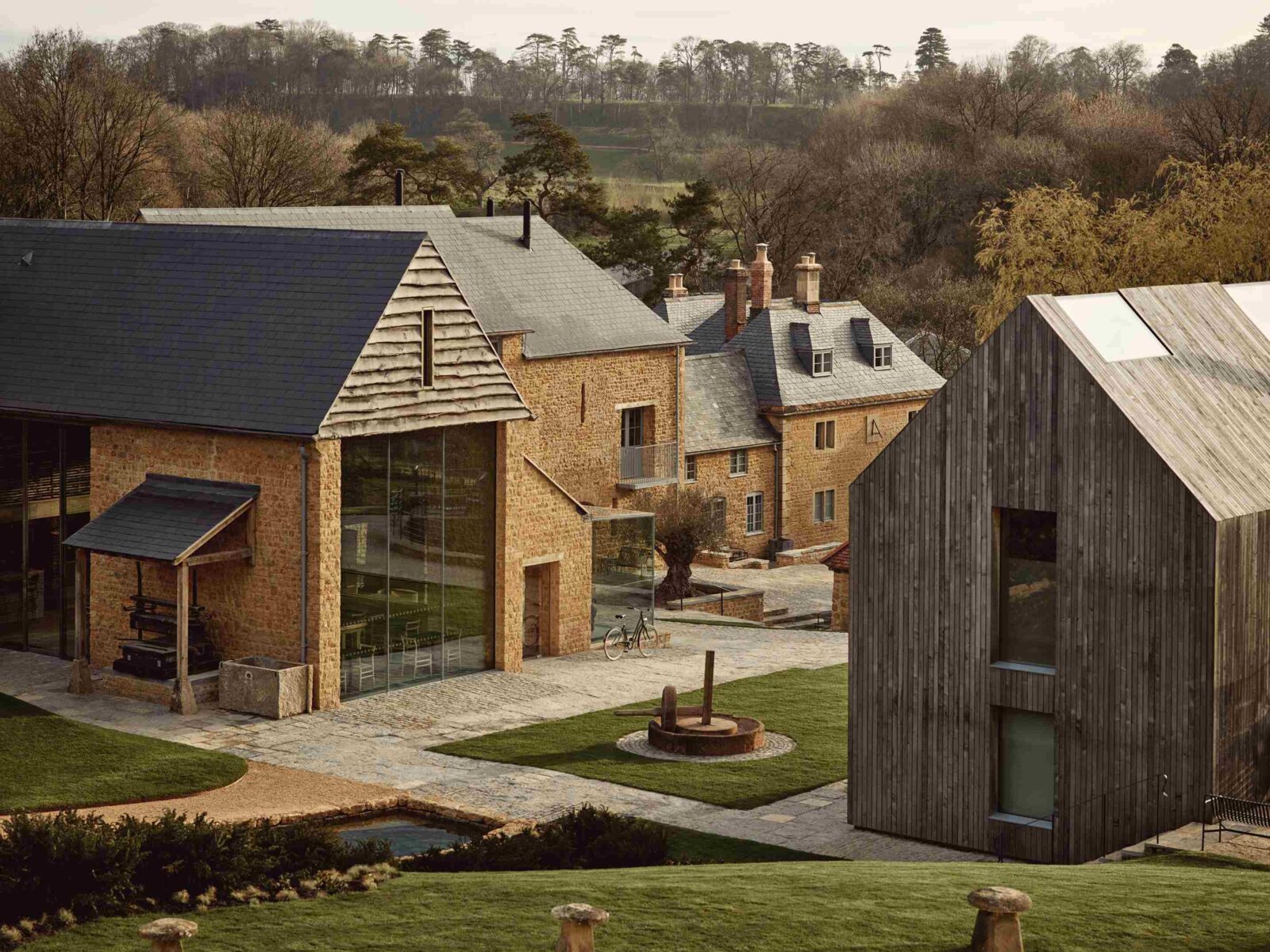
Winners receive the LIV trophy, certificates, and a winner’s seal, as well as a presentation within the LIV book, which includes project summaries and interviews. Winners are also promoted through the LIV newsletter, reaching a broad network of design professionals, media, and potential clients. The award highlights the connection between hospitality design and guest satisfaction, recognising that architecture and interiors often serve as pointers of service quality long before a guest interacts with staff. The award is divided into two categories:
The Living Space category focuses on accommodation settings and the many forms they take today. Hospitality now spans a wide range, from short-term rentals and private housing to boutique hotels, beach resorts, co-living developments and mobile formats such as campervans. The award examines how these spaces respond to shifting lifestyles, travel patterns, and expectations for comfort and atmosphere. Professional titles include Architectural Design of the Year and Interior Design of the Year, awarded to projects that demonstrate clear thinking about the guest experience and the purpose of the space. Students can apply for Emerging Architect of the Year or Emerging Interior Designer of the Year, with emphasis placed on design clarity and a strong sense of intention in relation to hospitality. Winners receive year-round visibility through the LIV book, newsletter, and online directory.

The Eating Space category addresses the equally broad landscape of food and beverage environments. Restaurants, food courts, cocktail bars, private clubs, fine-dining venues, food trucks, and event spaces each bring their own design challenges, whether related to atmosphere, flow, acoustics, lighting, or identity. The award recognises projects that establish a coherent experience and re-examine long-standing conventions about how diners interact with a space. As with Living Space, the category includes both professional and student titles for architectural and interior design work. The jury looks for projects that introduce new ideas, support a clear dining concept, and provide settings that feel considered rather than decorative. Winning projects are presented internationally through the LIV publication and communication channels, with the same access to the directory and wider professional network.
- Early Bird: 10% discount until 30 June 2025
- Extended Early Bird: 5% discount until 14 September 2025
- Regular deadline: 31 October 2025
- Final deadline: 14 December 2025 (10% late fee applies)
- The programme closes on 25 January 2026
FIT Sport Design Awards

The FIT Sport Design Awards were created to recognise innovation in sports equipment and apparel, focusing on designs that improve comfort, performance, accessibility, and environmental impact. The programme is open to companies, independent designers, and emerging talent and accepts work developed within the past five years, be it a concept, a prototype, or a product already available on the market.
Entries are reviewed by a jury of sports gear designers, textile specialists, consultants, and industry figures who bring knowledge from across performance, material development, and sports culture. Their evaluation considers aesthetics, innovation, practicality, durability, ecological impact, and emotional quality (the sense of satisfaction or ease that a product brings in use). Projects are reviewed individually and anonymously to keep judging impartial and grounded in each juror’s own area of expertise. Winners receive the FIT trophy, an international platform for their work, and recognition that functions as a practical endorsement within a competitive industry. The award revolves around two main areas:

Each year, four awards are given at both professional and student levels: Sport Apparel Design of the Year, Sports Gear Design of the Year, Emerging Sports Apparel Designer of the Year, and Emerging Sports Gear Designer of the Year. The professional titles highlight work that pushes performance and comfort to the next level while addressing contemporary expectations around sustainability and responsible manufacturing. The student awards focus on emerging talent and are accompanied by two masterclasses on the theme of “Culture – Impact and Purpose”. Emerging winners also take part in a Creative Council session led by juror Sean Williams, co-founder of SOLEcial Studies, which offers portfolio reviews and guidance on early-career decisions.

Furthermore, the Lifetime Achievement Award, introduced in 2023, recognises designers and industry professionals with at least 40 years’ experience whose work has had a lasting influence on sport design. It is considered the highest honour within the programme. Nominations are made directly by members of the jury, ensuring the award reflects long-term contributions observed and valued by peers.
- Early Bird: 15% discount until 7 September 2025
- Extended Early Bird: 10% discount until 31 October 2025
- Regular deadline: 15 December 2025
- Final deadline: 1 March 2026
- Late submissions: accepted with a 10% late fee until 12 April 2026
The Global Footwear Awards

The Global Footwear Awards (GFA) were created to recognise designers who work across the full spectrum of footwear, from performance products to fashion pieces. The programme is open to brands, independent designers, and students, with each group evaluated separately to ensure work is judged fairly. Its main aim is to highlight creativity, technical skill, sustainable thinking, and the social impact that footwear design can have.
A jury of professionals from across the footwear world, such as retailers, editors, designers, educators, and figures actively shaping the industry, reviews the submissions each year. Projects are evaluated individually and anonymously according to criteria that include innovation, practicality, durability, ecological impact, emotional appeal, and the designer’s ability to communicate the intent of the work. The award accepts designs completed within the last five years, whether sold in stores, under development, or conceptual. The purpose is to offer a global platform where good ideas can be recognised regardless of a designer’s career stage or geographical location.

GFA covers a wide range of categories, including sports performance footwear, fashion shoes for all genders and age groups, sustainable products, and special categories that examine collaboration, medical footwear, artistic experimentation, and digital or 3D-printed concepts. With over twenty-eight subcategories, the programme gives designers the opportunity to place their work within the part of the industry that best reflects its function and intention. The awards are divided into two areas:
The main awards include Brand Design of the Year, Independent Designer of the Year, and Emerging Designer of the Year. The professional titles recognise designers who contribute to the industry through new ideas, material innovation, or an approach that addresses sustainability or social impact. The Emerging Designer of the Year category is open to students and early-career practitioners, using the same subcategories as the professional awards. Emerging winners also receive the two masterclasses and Creative Council session led by juror Sean Williams, seen above, at the FIT Awards. All winners receive the GFA trophy, international visibility, and a badge of achievement that supports future opportunities.

The Lifetime Achievement Award honours footwear designers and industry professionals with at least 40 years of experience whose careers have had a lasting, influential impact. The award acknowledges long-term dedication to the shoe-making craft, from shaping materials and production methods to influencing broader design culture.
https://www.globalfootwearawards.com/
- The Program Closes on: November 9, 2025.
- New edition dates to be announced in early 2026.
The AIDA Awards
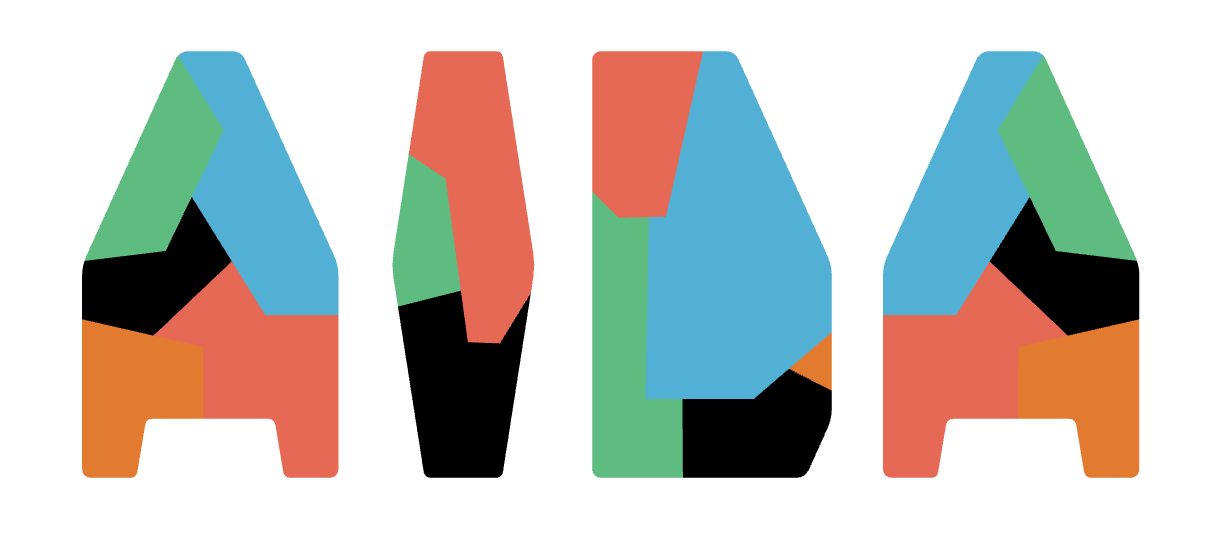
The AIDA Awards are the newest award programme developed by the 3C Group, created to offer an international platform dedicated to African design and to the designers shaping its future. The initiative seeks to address the continent’s wide-ranging challenges (from urban growth and limited resources to social and environmental pressures) by highlighting projects that use design as both a practical tool and a form of cultural expression.
The award is built in partnership with Africa Design School, the first non-profit design school in West Africa. Students from the school’s Digital Design programme developed the AIDA website, establishing the awards as a collaborative project directly connected to the region’s emerging talent. Entries are assessed by a jury of designers, educators, cultural voices and creative-industry figures from across Africa and the wider design community. Their task is to consider how each project addresses its context, what it contributes to its field, and how convincingly it can bring together purpose, craft, and cultural insight. Winners receive the AIDA trophy, international visibility through media and exhibitions, and a place within a growing network of designers working across the continent and its diaspora. Anyone 18 and above can participate in the award, no matter where they are from. However, designers based outside Africa can only participate as long as they are of African origin or submit work made in Africa. The award is divided into four categories:
The Spatial Design category covers architecture, interior design, landscape architecture and urban planning. It focuses on projects that shape space with an awareness of cultural heritage, community needs, and environmental conditions. Subcategories range from cultural buildings, housing, and hospitality to public spaces, mixed-use developments, and sustainable or temporary structures. The intention is to recognise spatial work that is based on African identity while considering how people live and move, how cities adapt, and how design can respond to both immediate needs and long-term change.
The Fashion Design category highlights clothing, accessories and textiles made following African craft, material knowledge and contemporary expression. It includes haute couture, ready-to-wear, avant-garde work, cultural attire, sportswear and footwear, along with textile design in print, traditional techniques and bio-based innovation. The focus is on designers who can translate cultural references, craftsmanship, and sustainability into garments and accessories that reflect both local realities and global discussions within fashion.
Communication Design addresses visual and digital communication in print, packaging, branding, advertising, multimedia, and user experience design. It recognises work that strengthens narratives, clarifies ideas, and supports accessibility, whether through identity design, editorial projects, websites, motion graphics, or emerging technologies such as AI-assisted design and inclusive UX.
The Product Design category highlights everyday objects and systems, ranging from homeware and lighting to electronics, mobility products, and environmentally focused design. It places importance on function, material choice, and usability, while also acknowledging how these objects relate to local contexts and habits. The category recognises designers who work with practical constraints while offering solutions that improve daily life, support sustainability, or re-examine established product types through an African perspective.
https://africainternationaldesignawards.com/
- Early Bird: 20% discount until 31 October 2025
- Extended Early Bird: 10% discount until 30 November 2025
- Regular deadline: 15 February 2026
- Final deadline: 15 March 2026
- Late submissions: accepted with a 10% late fee until 31 March 2026
If you’ve been waiting for a sign to put your work out there, this is it. The 3C Awards universe has a way of turning great projects into great opportunities, connecting designers with the audiences who actually get it and the collaborators who make the next chapter even better. From global visibility to that irresistible boost of confidence when your name appears on a winners’ page, the benefits follow you long after the ceremony lights dim. So treat 2026 as the year you back yourself and send your projects into the world. Who knows, your work might be the one everyone can’t stop talking about.









